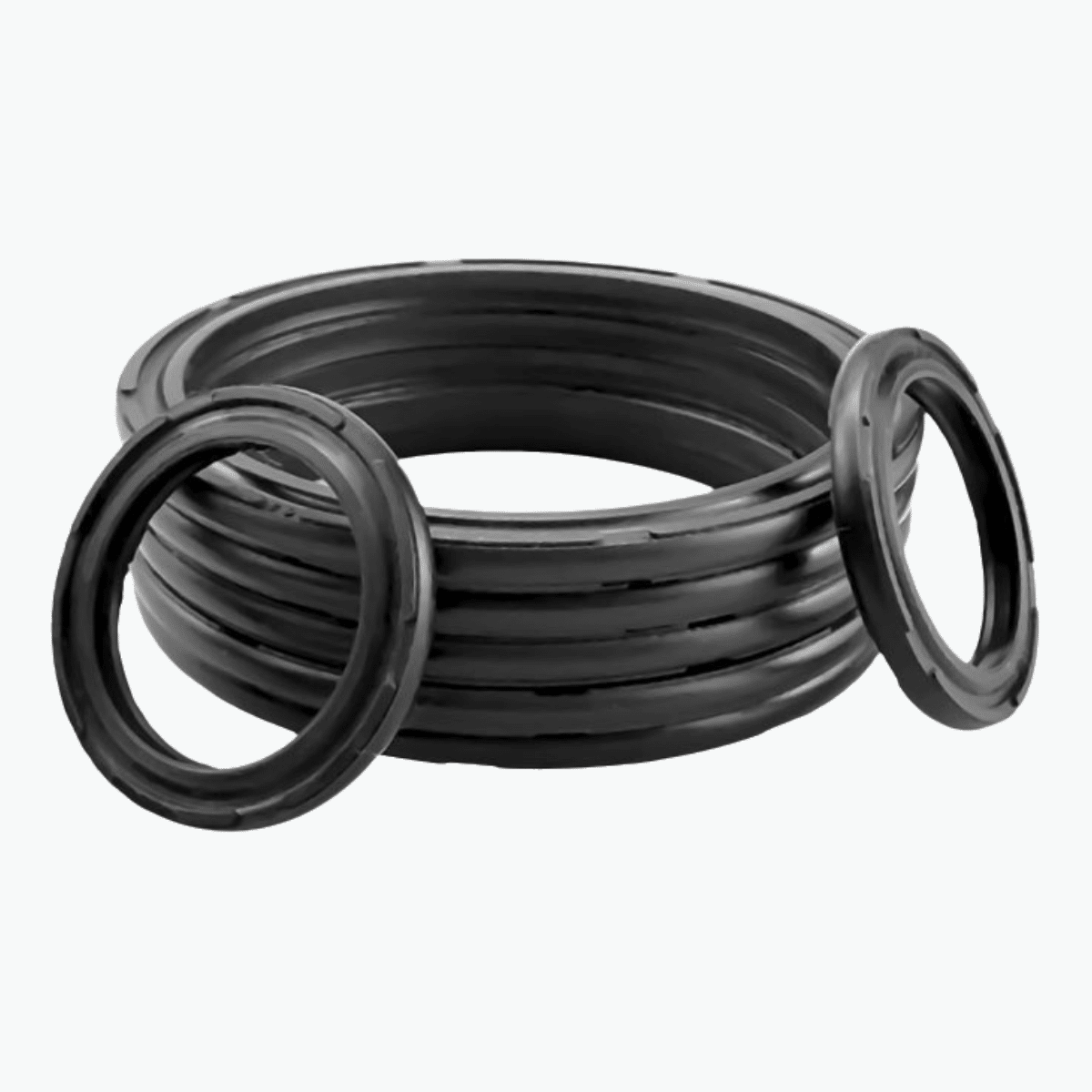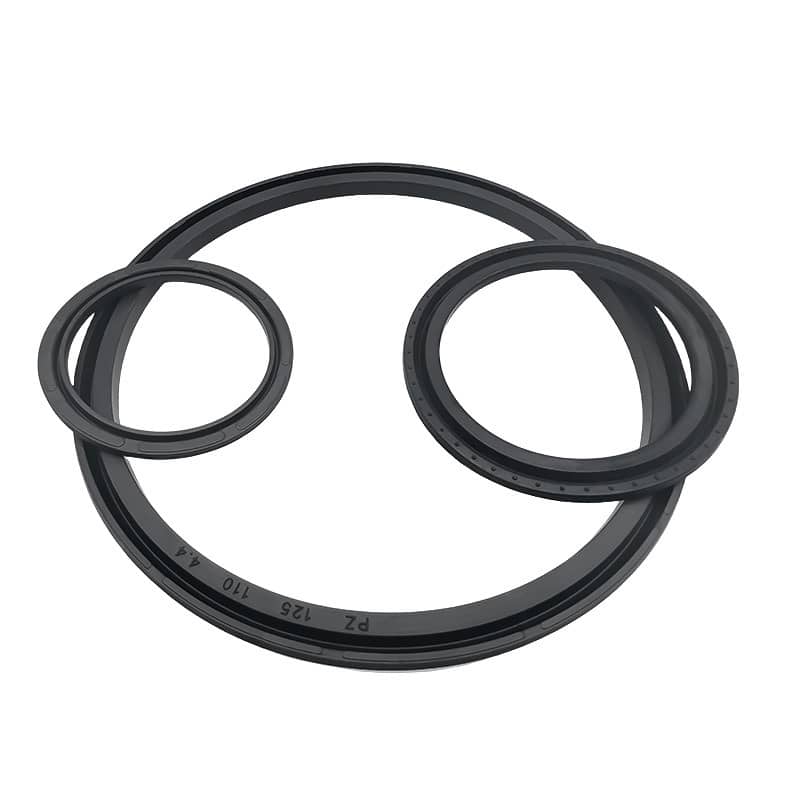When my cylinder started losing pressure, I learned that the right пневматическое поршневое уплотнение could mean the difference between breakdown and breakthrough.
These small components keep compressed air where it belongs — inside your system. So how do they work, and which one should you choose?
From material selection to installation tips, here’s everything I’ve learned about improving pneumatic system reliability with better piston seals.
What is a pneumatic piston seal and what does it do?
Pneumatic piston seals create a tight seal between the piston and cylinder wall — allowing smooth, controlled motion while preventing compressed air from escaping.
They're essential in both single- and double-acting pneumatic cylinders.

| Функция | Result |
|---|---|
| Seals air chamber | Maintains consistent pressure |
| Minimizes friction | Prevents wear on piston and cylinder |
| Guides movement | Enables smooth bidirectional motion |
Typical materials include NBR, PTFE, and PU. You can browse options at our piston seal product page.
How do I know if my piston seal is worn out?
A few subtle symptoms can cost you thousands in downtime if ignored. From my experience, look for:
- Остановка поршня
- Hissing sounds (air leaks)
- Irregular speed
- Visible cracking or flat spots
| Симптом | Likely Issue |
|---|---|
| Reduced pressure | Aging or hardened seal |
| Нерегулярное движение | Seal losing elasticity or fit |
| Surface cracks | Material degradation from heat or fluid |
If you spot any of these, check out our IDU/ODU piston seals for durable replacements.
Какие материалы лучше всего подходят для уплотнений пневматических поршней?
Choosing the right material isn’t about preference — it’s about performance under pressure.
Here’s how I select based on environment:

| Материал | Лучший вариант использования |
|---|---|
| НБР | General pneumatics, oil resistance |
| ПТФЭ | High temp, chemical resistance, low friction |
| ПУ | Dynamic seals, high flexibility, abrasion |
Want abrasion resistance and long service life? Try PU-based buffer seals designed for high-load operations.
How to install pneumatic piston seals correctly?
I used to damage new seals during installation. Now I follow this routine:
- Clean cylinder and piston surfaces
- Lubricate with compatible grease
- Gently expand seal — avoid sharp tools
- Align perfectly into the groove
- Reassemble and test for leaks
| Шаг | Почему это важно |
|---|---|
| Clean surfaces | Prevents contaminants from damaging seal |
| Смазка | Reduces installation friction |
| Proper fit | Ensures air-tight sealing and motion accuracy |
Используйте наш seal kits by size to streamline installations.
Where are pneumatic piston seals commonly used?
From robotics to food packaging, piston seals keep systems sealed and moving.
| Промышленность | Application Example |
|---|---|
| Автоматизация | Linear actuators in assembly lines |
| Пищевая промышленность | Clean-in-place pneumatic control |
| Автомобильный | Pneumatic stamping and tool positioning |
I once helped upgrade a car parts plant — they switched to high-grade polyurethane piston seals, and saw a 30% boost in uptime within a month.
Заключение
Право пневматическое поршневое уплотнение prevents leaks, ensures precision, and extends system life.
From selecting materials to flawless installation, it’s the little things that keep your systems running big.
Find the best piston seals for your cylinders
📩 Электронная почта: [email protected]
📞 WhatsApp: +86 17622979498
Topic Related
- Pneumatic Cylinder Seals Guide (2025)
- Common Piston Seal Problems & Fixes
- Piston Seal Materials Explained
- How to Extend Piston Seal Lifespan
- KDAS Buffer Seal for Piston Systems


